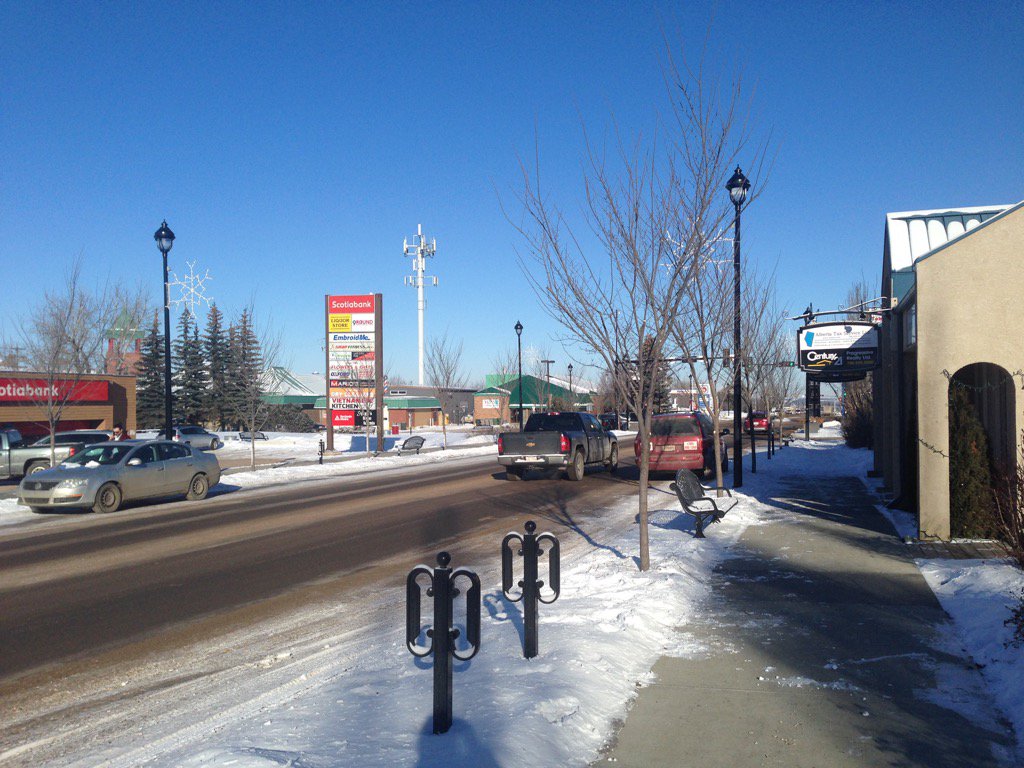Beaumont was one of the fastest-growing communities in Canada, according to the census, prompting a discussion as to whether it should officially become a city.

The town saw a 31 per cent population growth from 2011 to 2016. It now sits at 17,396 residents. That’s up more than 4,000 from five years ago, when the population was 13,284.
READ MORE: Canada’s population grew by 1.7 million between 2011 and 2016
“When a municipality is over 10,000 people you can consider town-versus-city status,” CAO Mark Landry said Thursday. “That’s a dialogue that we will have with the residents of the community and our elected officials in 2017.”
After seeing a major increase over the last five years, Landry doesn’t expect it to slow down anytime soon. He thinks the town’s population could triple in the next 50 years.
“We have our growth projections out until 2063 and our medium growth projections are we would be over 56,000 people by then,” Landry explained.
READ MORE: Census 2016: 4 Edmonton ‘burbs are booming
West of Edmonton, Spruce Grove grew 30 per cent, from a population of 26,171 to 34,066; an increase of 7,895.
To the northeast, Fort Saskatchewan saw growth of 27 per cent, as the population went from 19,051 to 24,149; an increase of 5,098.
Just south on the QEII, Leduc’s population increased 23 per cent, from 24,304 to 29,993; an increase of 5,689.
INTERACTIVE MAPS: How has your city grown? Find your neighbourhood
While the mayor of Beaumont has previously stated they have no desire to be designated a city, Landry said they will look to their citizens during the discussions planned for this year. But, said this won’t be a political discussion.
“We don’t see this necessarily as a municipal election issue,” Landry said. “We would rather have the dialogue before then.
“At the end of the day, there’s not a lot that changes. There are a couple of little provisions regarding approval processes with the province, but in general, it’s pretty consistent. So, do you want to be called a town or a city?”
Statistics Canada released the first batch of numbers from the 2016 census on Wednesday and the population of what the government agency refers to as the census metropolitan area of Edmonton increased by 13.9 per cent since the last census in 2011.
The area includes all the city’s outlying communities, stretching from Evansburg in the west, to past Sherwood Park in the east, and from Legal and Redwater in the north to northern edge of Pigeon Lake in the south.
With files from Karen Bartko, Global News
- Alberta to overhaul municipal rules to include sweeping new powers, municipal political parties
- Canada, U.S., U.K. lay additional sanctions on Iran over attack on Israel
- Trudeau says ‘good luck’ to Saskatchewan premier in carbon price spat
- No more ‘bonjour-hi’? Montreal mayor calls for French only greetings








Comments